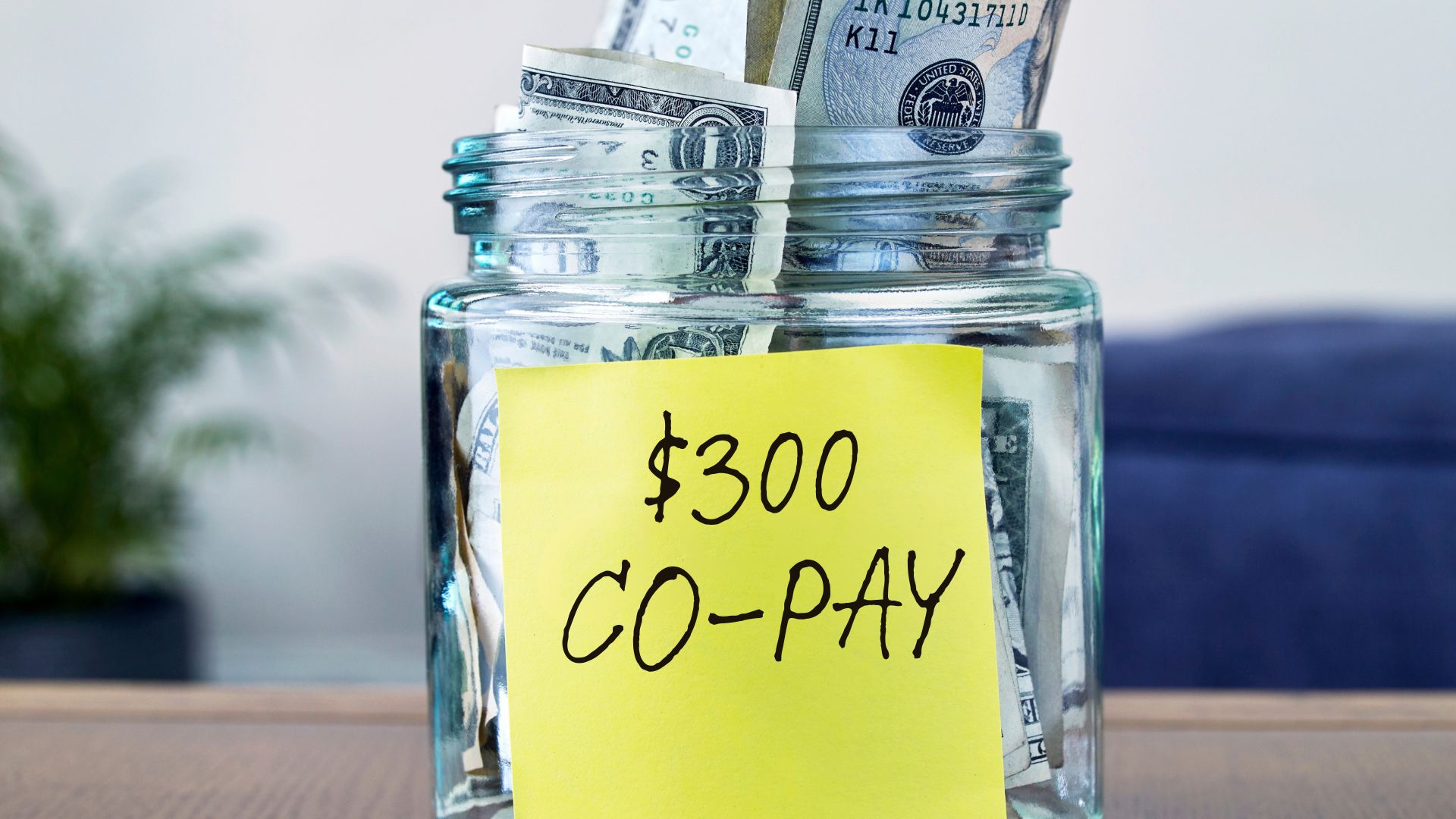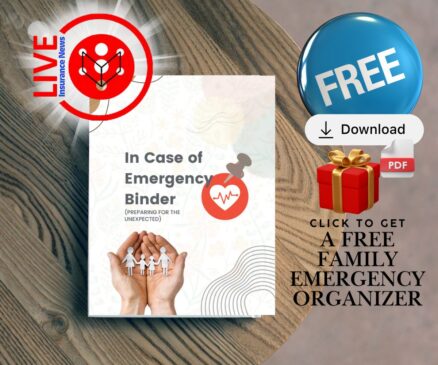Millions Can’t Afford Prescription Medications Due to Their Pricing
This is the case for around one in five Americans who cannot afford to purchase required medicines. That is not an embellished claim; it’s the harsh day-to-day stress of millions. The ongoing cost of medications places excessive burdens on families forcing them to dangerously choose between their health and basic household expenses like rent or groceries.
In a survey done in 2024, 21% of respondents confessed to not taking, skipping, or delaying medications solely due to the prohibitive costs involved. The situation is even more critical for individuals with chronic conditions like diabetes, where medications are as vital as food and water. Missing even a single dose of insulin can lead to severe and potentially life-threatening health complications. Additionally, it does not help that, insured people have to face out of pocket expenses.
Statistics on Insured Americans Struggling with Out-of-Pocket Expenses
Even with health insurance, many Americans still face significant financial hurdles when it comes to affording medical care:
-
Close to Half Struggle with Costs
About 48% of insured adults report difficulty affording their monthly health insurance premiums. This suggests that while coverage is in place, the financial demands remain challenging. -
Skipping Care Despite Coverage
Roughly 21% of insured individuals have skipped or delayed necessary medical care due to out-of-pocket expenses, like deductibles or copays. This highlights a gap in the safety net that insurance is supposed to provide. -
Generational Divide
Adults aged 50 and younger with lower incomes are more likely to find themselves overwhelmed by healthcare costs, even when on employer-sponsored plans. -
High-Deductible Plans Add Pressure
Employees enrolled in high-deductible health plans bear a heavier burden, with 30–50% rating their insurance costs as “fair” or “poor” in terms of affordability for out-of-pocket expenses to see a doctor. -
Prescription Costs Still Bite
More than 28% of adults report difficulty affording their prescription medications, with higher rates among those who take multiple prescriptions or earn less than $40,000 per year.
These statistics shine a light on a troubling paradox – Approximately fifty percent of insured adults also find themselves battling with high premiums and out of pocket expenses. When you add this financial burden, depending upon medical insurance as a safety net starts appearing less like standing under a shelter and more like standing under a sieve during a downpour.
The Ripple Effect on Health Outcomes
“The prescription isn’t a choice for so many people; it is a lifeline.” The impact on one’s well being can be disastrous when patients, because of how unaffordable it is, have to start skipping doses or rationing pills. These become severe health events such as heart attacks, strokes and other serious issues that are waiting to happen.
Prescription medication isn’t optional for so many people; it’s a lifeline. Yet when affordability forces patients to skip doses or ration pills, the human cost can be steep. Heart attacks, strokes, and other serious health events become ticking time bombs for anyone who doesn’t take their meds as prescribed. For example, a patient with high blood pressure who chooses between anti-hypertensives and groceries might unknowingly raise their risk of having an early heart attack or stroke.
Statistics paint a harrowing picture. For lower-income families, 69% report difficulty affording medical care overall, which means medications frequently fall by the wayside in favor of other essentials. The consequences ripple out further, negatively impacting not just individual health but also employer productivity and public healthcare spending.
But let’s pause to ask the question fewer people are voicing aloud. Is a $300 out-of-pocket copay for critical medication justified, or are we just desensitized to how broken the system is?
A Disproportionate Burden on Vulnerable Groups
Looking closer, the inequities in who faces this uphill battle are glaring. Black and Hispanic adults are significantly more likely to report struggling to afford medications than their White counterparts. Meanwhile, adults in households with annual incomes below $40,000 are more than three times as likely to have challenges affording care compared to those earning over $90,000. And it’s women more often than men who report skipping necessary treatments due to cost.
The numbers are staggering, but they aren’t abstract. They represent mothers balancing the cost of asthma medication for their children against heating bills. Seniors on fixed incomes forced to stretch out their prescriptions by cutting pills in half. These stories stack up to form a national epidemic of untreated illnesses.
Policy Steps That Work (and Those That Don’t)
There’s hope yet, though it’s often wrapped in red tape. Changes brought by the Inflation Reduction Act in 2025 aim to provide relief for Medicare recipients. The introduction of a $2,000 annual cap on out-of-pocket drug spending under Medicare Part D stands to benefit 11 million enrollees. Experts estimate this will collectively save seniors over $7 billion annually. That’s progress, no doubt.
Yet, recent shifts in administration policies could upend some of these milestones. Rollbacks on drug cost containment models have introduced uncertainty about long-term solutions. These back-and-forth political maneuvers leave everyday Americans unsure if tomorrow brings more accessible pricing or further expense.
Still, there’s some light blinking on the horizon. Expanded federal negotiations with pharmaceutical companies for Medicare pricing could bring down sky-high costs, cementing systemic affordability. But as with any ambitious plan, execution will be key. Patients today need results, not timelines stretching five years ahead.
What Are You Able to Do at This Exact Moment?
If you feel stressed about how expensive medication is, this does not mean that you do not have any options. It is important to know where to go and what to look for in order to make a change. Look considering purchasing medication online at places like GoodRx. These websites and applications can help you find the best-for-your-price deal. One thing that you can try is that ignoring insurance and using a discount card and paying cash can be more beneficial.
Switch to Generic Substitutes for Common Medications: While brand-name drugs might be the go-to for many, it’s worth considering generic alternatives. Generics are not only widely available but are also significantly more budget-friendly, often costing 80–85% less than their branded counterparts. Talk to your doctor or pharmacist to discuss switching to these cost-effective options.
Talk to the Healthcare Professional: There are so many pharmacy marketers, and some retail stores like Walmart do sell basic prescription meds at a low price, starting from four dollars. You may have not heard about this but indeed a lot of people do overlook it.
Speak Up: Try saying something about the cost of the prescription for doctors. There is a chance the way your doctor will also change the way they prescribe, or fortify other ways of providing free samples of some medicines.
A Call for Systemic Change (and Personal Watchfulness)
High prescription drug prices shouldn’t be a life or death sentence, but they’re trending in that direction for too many Americans. Yes, solutions exist—from policy reforms to creative strategies for reducing personal costs—but they’re piecemeal and require effort. We live in one of the wealthiest nations, yet millions are kept from the medications they need, not because they want to skimp, but because the cost has left them no other choice.
It’s time to push for structural changes while staying vigilant for immediate answers. Whether it’s demanding better from lawmakers or reaching out for localized help, addressing this crisis begins with awareness and action.
And if health is wealth, it’s time to stop bankrupting lives over pharmacy receipts.


